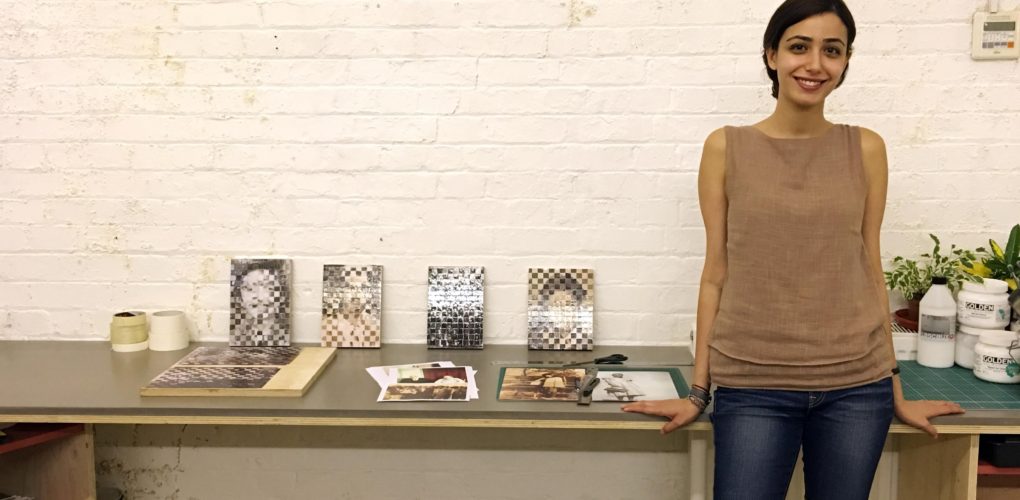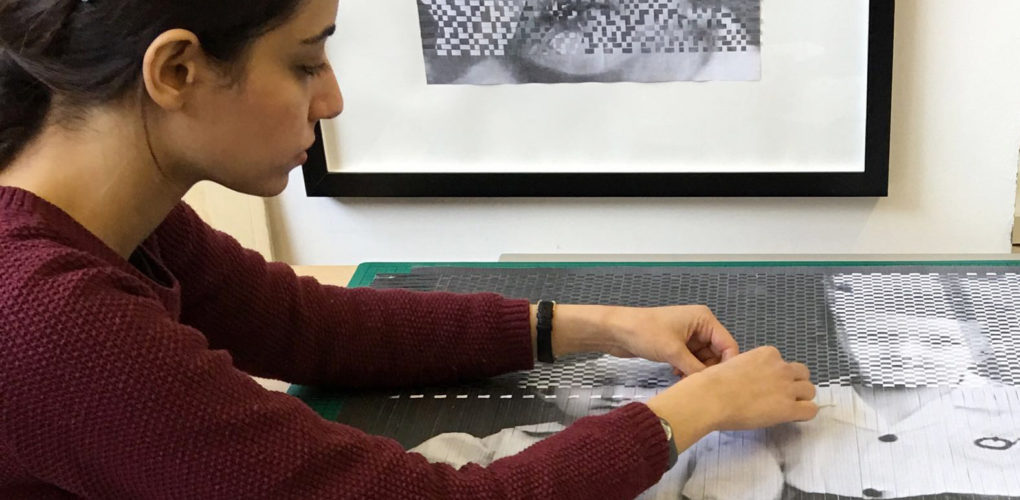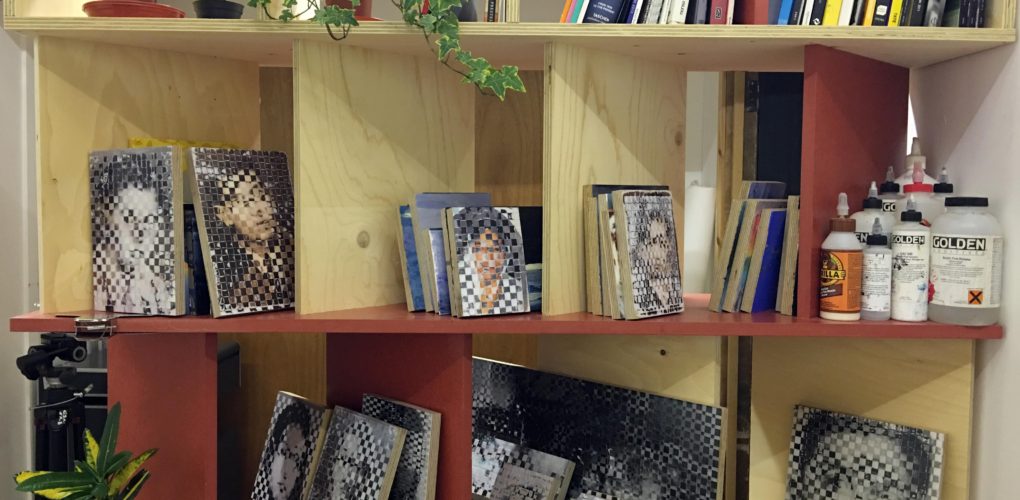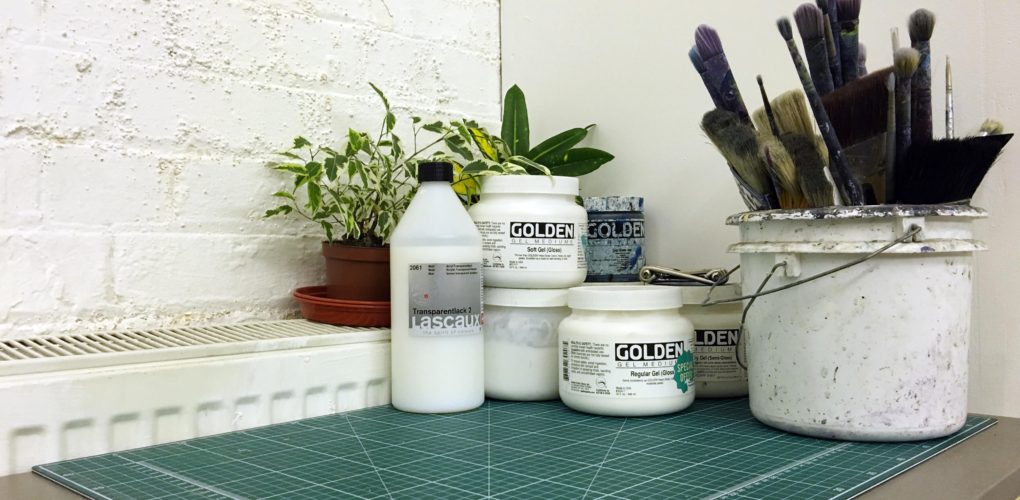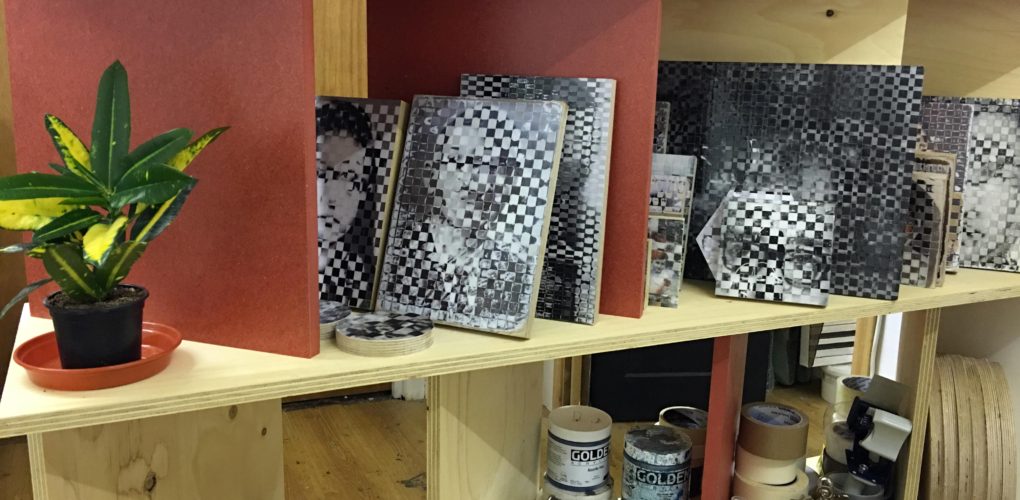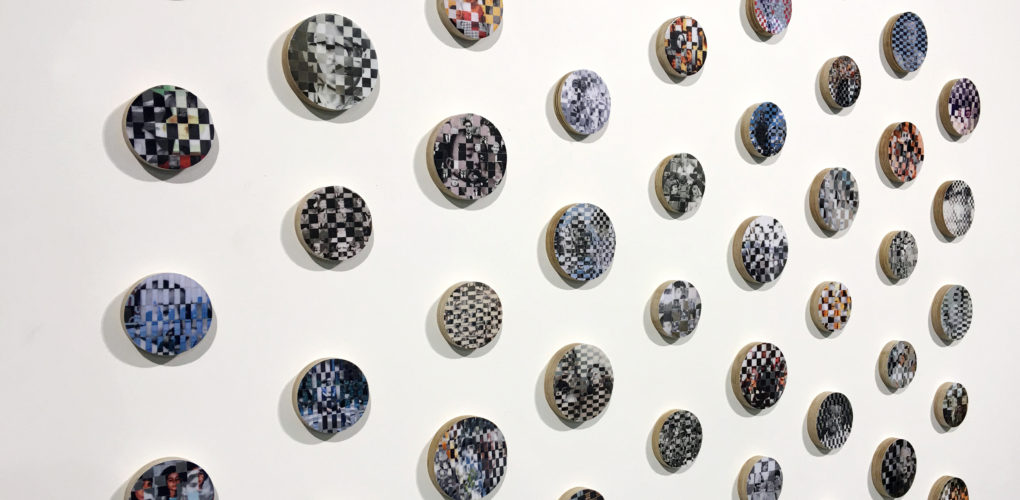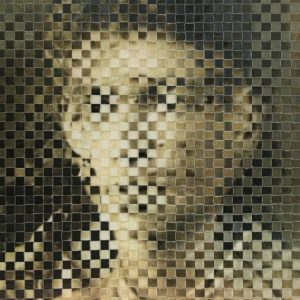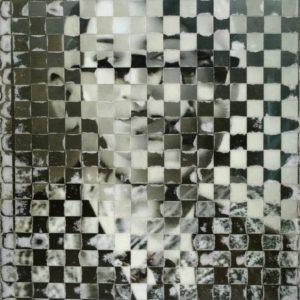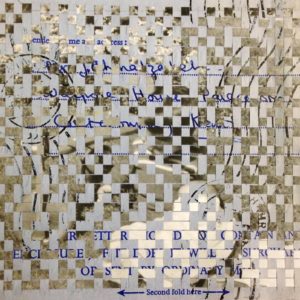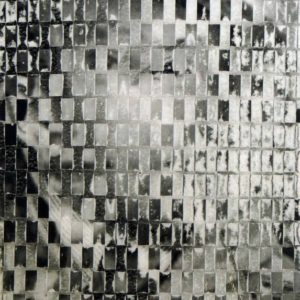One to Watch
 Samin Ahmadzadeh’s collages explore her family’s history and identity
Samin Ahmadzadeh’s collages explore her family’s history and identity
Iranian artist Samin Ahmadzadeh explores fragmented memories and histories in her photo collages. She focuses on the personal, culling images from her family’s photographs and memorabilia, to explore wider themes of history, memory, identity, and time tied to her homeland. Samin has a background in street photography but experiments with collage, installation, and printmaking. For her recent works, she thoughtfully shreds and weaves photographs together, mirroring our often fragmented recollections of the past.
Samin received an MA in Photography from Central Saint Martin’s College of Art and Design in London and a BA in Photography from Azad University in Tehran. She was shortlisted for the Best Original Still Award at the Guardian Witness Awards. Her works have been shown in galleries in the UK, Iran, and Spain, including the Saatchi Gallery, The Dot Project Gallery, 5th Base Gallery, and Espacio Gallery. Most recently, she participated in The Culture of Peace Biennale 2 in Tehran.
What are the major themes you pursue in your work?
My practice is currently based on archival collections of my family’s cultural history from around the 1940s through to the 1970s.
Personal collections to me are a significant form of memorabilia. They are associated with life experiences, intimate meanings, and stories from the past. Throughout my work, I use the narrative within the archive related to my family to explore wider concepts of history, memory, identity, and time.
I focus on the subject’s identity, the effect of family and cultural history on one’s personality and also the idea of multiculturalism. I recreate the fragmentation of a memory and the resulting abstracted image can be interpreted as a recollection of the unconscious, formed from the symbiosis of the experiences and perspectives depicted in the final work.
With photography as the starting point for my work, I develop my practice through further processes into collage, installation, and printmaking.
What was the best advice given to you as an artist?
The best piece of advice that I have been given as an artist is to keep calm, and accept all the ups and downs that I will face in the process of my work, as it is all part of the learning curve and the journey that I will be going through. So, most importantly: to think positive, enjoy what I do and keep working.
There is also a great quote I read from Andy Warhol a while ago which I loved and I think it sums it all up: ‘’Don’t think about making art, just get it done. Let everyone else decide whether it’s good or bad, whether they love it or hate it. While they’re deciding, make even more art.’’
Prefer to work with music or in silence?
I have to say it is different depending on the type of work I am doing.
I mostly prefer to work with music as it helps the rhythm of my work. But at certain points I feel the music can disturb the process and I prefer to be more focused and work in silence.
If you could only have one piece of art in your life, what would it be?
William Eggleston has been one of my main inspirations since I started photography back in the university. I love the simplicity and the ordinary subject matters of his work which at the same time shows the complexity of the everyday life. So having any of his photographs would be great! Also I have always loved Frida Kahlo’s self-portraits, especially her self-portrait with loose hair.
Who are your favorite writers?
There are a few I can name, but I can say that writers such as Walter Benjamin, Susan Sontag and Roland Barthes were the first ones I was introduced to when I started photography and they opened up a much wider, fascinating world of image-making for me, with which I was unfamiliar at the time.
